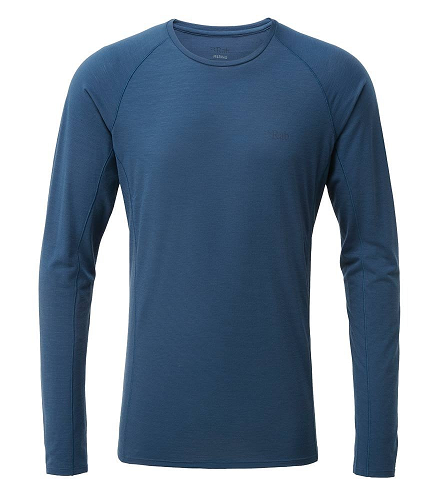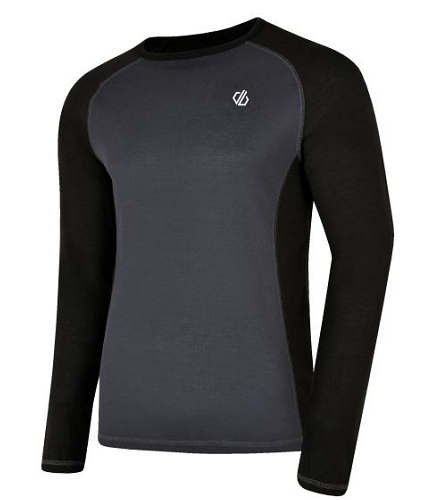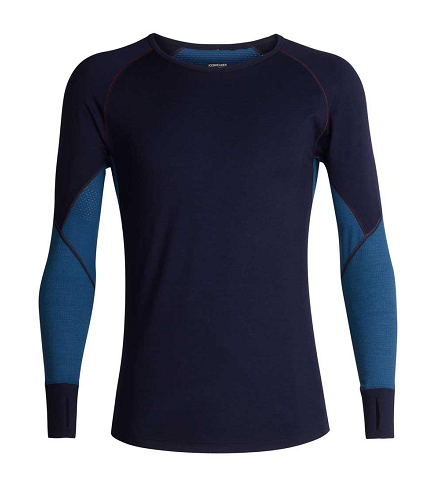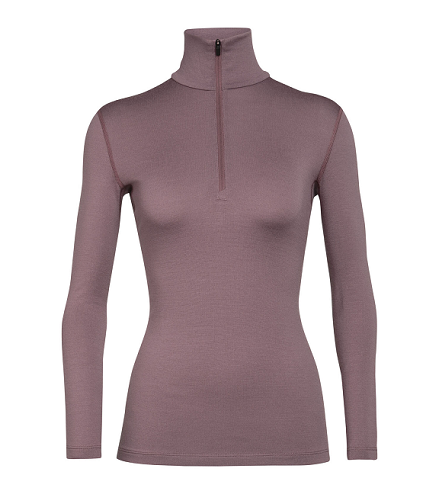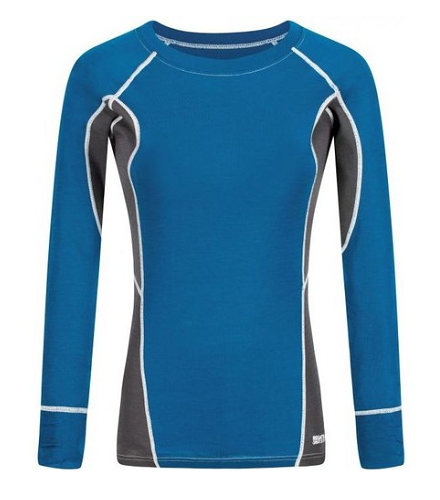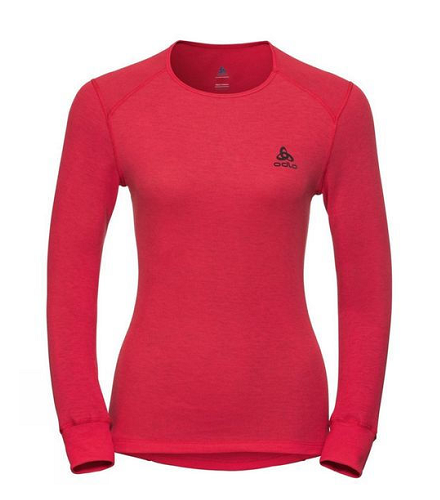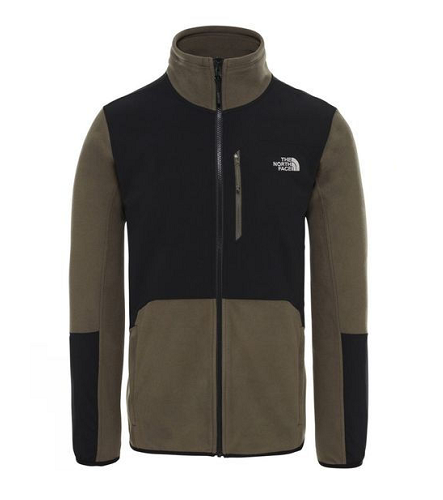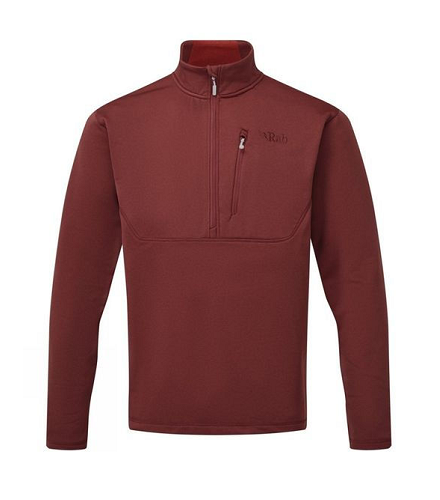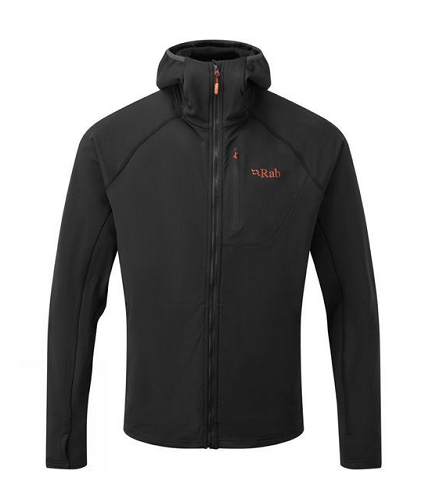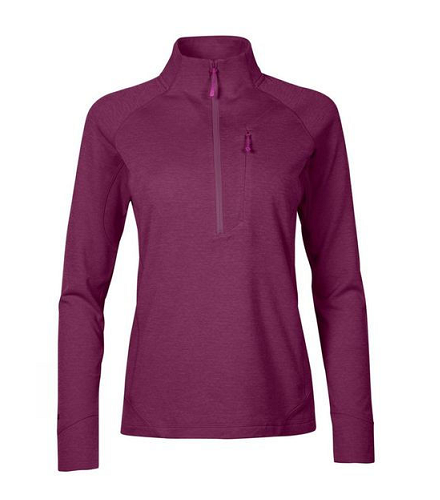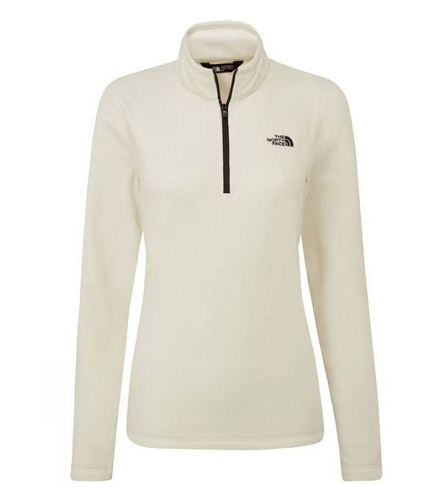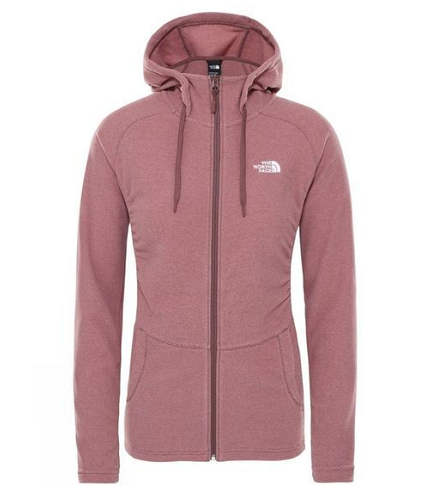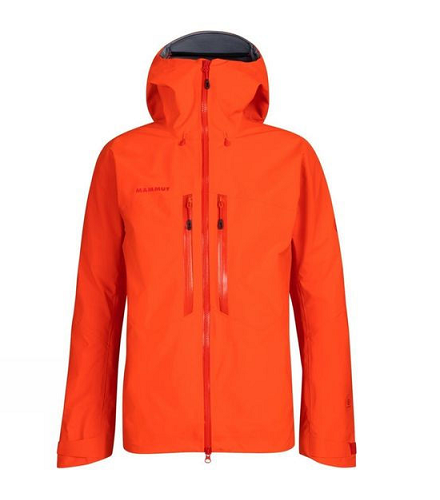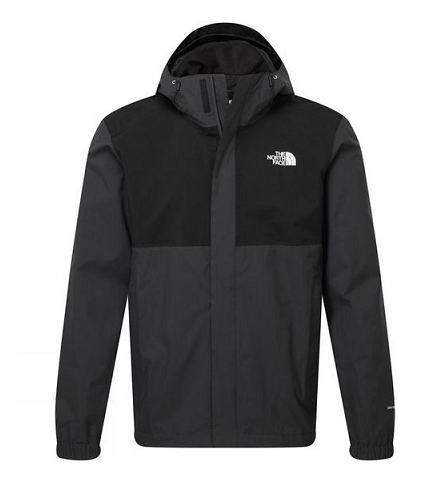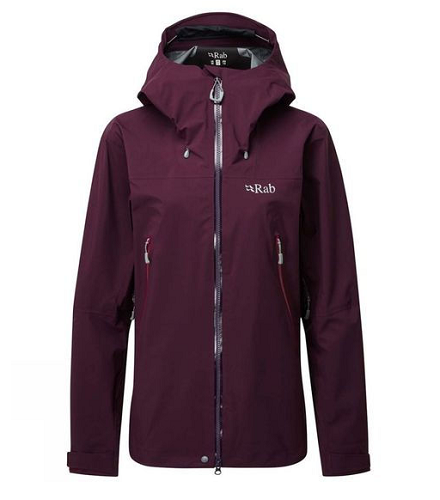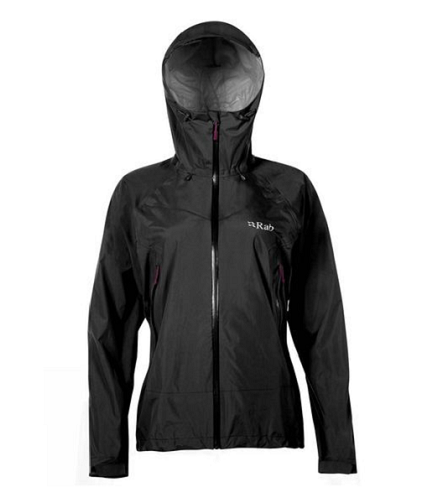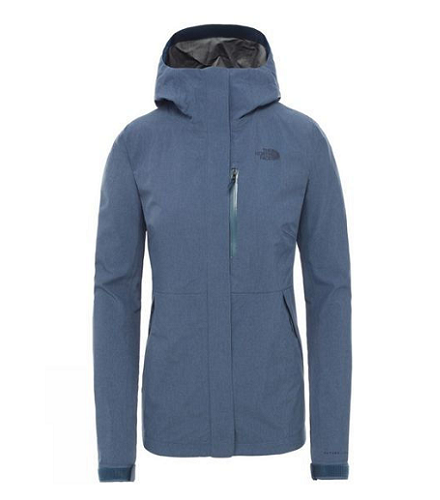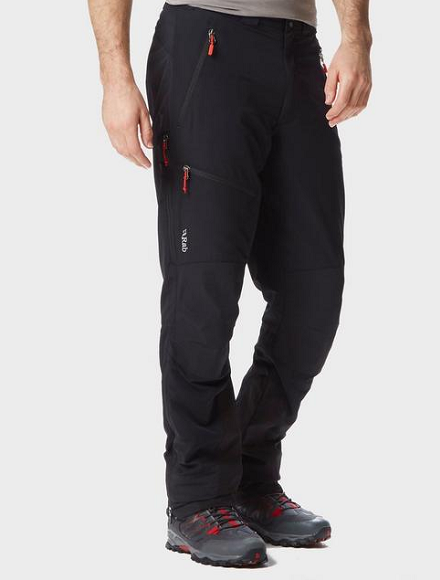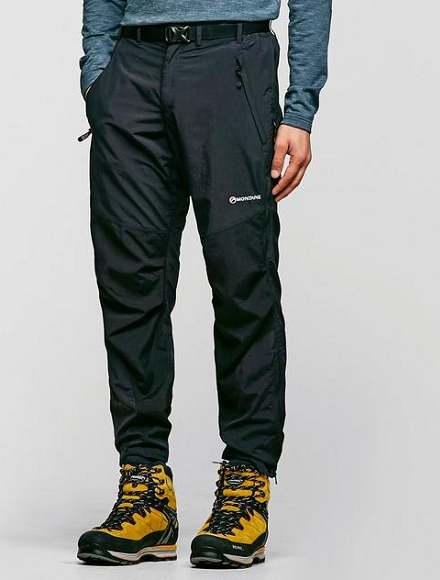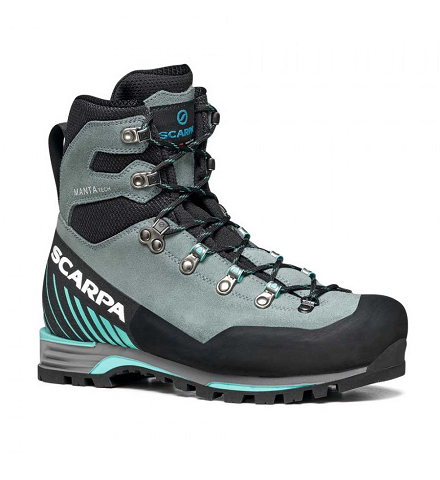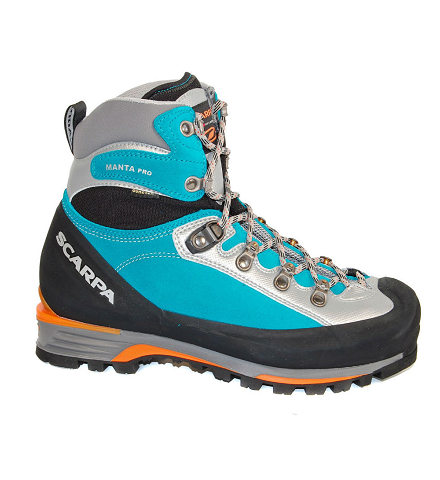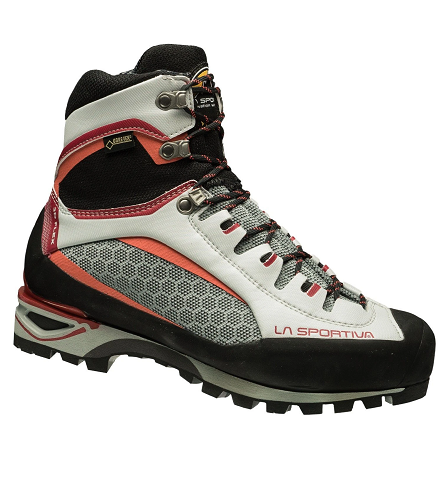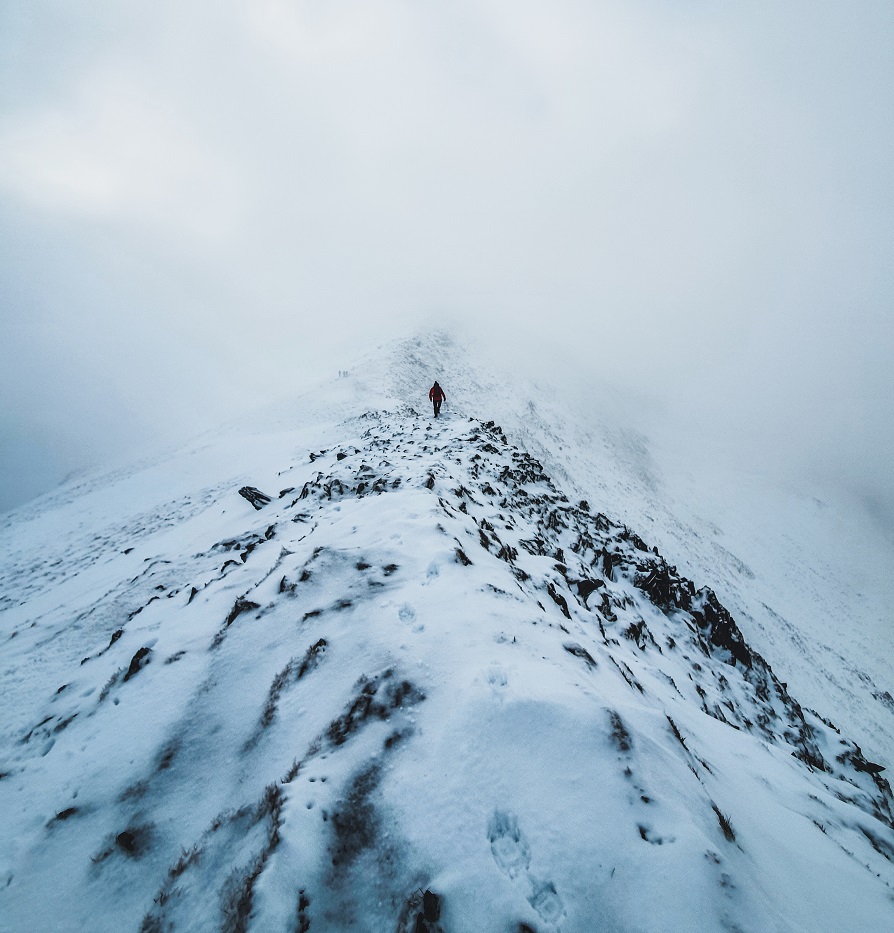
Winter is officially upon us, forests and hills have all turned wonderful shades of white, the mountains snow-capped and misty mornings have creeped their way in – it’s time to start winter layering and preparing for those cold weather hikes!
The key to choosing the right winter clothing for hiking in the hills or mountains is laying. Even if the weather seems fine at the start or the forecast is showing good weather, it can change dramatically as you reach higher altitudes and the weather man is usually 80% wrong, so it’s important to have layers you can take off and put back on easily.
There’s no such thing as bad weather, if you have the best kit for the job!
Below we’ve put together a guide to winter layering and some of our recommended essentials for those cold weather adventures.
Winter Layering is essential
There are so many benefits to hiking during the Winter months, from training for fitness and boosting your immune system, to simply getting outdoors for overall wellbeing, the frost and snow make the mountains feel magical with those breath-taking views.
However as the temperatures drop it’s absolutely vital that you have the right gear to get you up and down safely. At the very least you’ll need the following;
- Base layer
- Mid layer or fleece
- Outer layer that’s waterproof
- Waterproof trousers / gaiters
- Warm hat
- Gloves (waterproof)
- Buff / neck scarf
Base Layers
Start with a good ‘next to skin’ cold weather base layer, something that will keep you warm, dry fast and regulate heat. Opt for something lightweight, merino wool or synthetic fabric are recommended as this will wick moisture and then dry off quickly.
Mens base layers we recommend:
Womens base layer favourites:
Mid layers
Next you’ll need a mid layer that’s mid-weight and this will act as insulation and is important for keeping your body heat in. Recommended materials are usually fleece, wool and down. I usually go with a down coat as a mid layer with waterproof jacket over and a spare fleece in my bag just in case. But find what combination works best for you.
Recommend layer for Men:
Mid layers for Women:
Outer Shell Jacket
The third piece for your upper body is an outer shell, this will need to be waterproof to keep your other layers dry when hiking in rain, snow or sleet. You need to invest in something that is high quality to protect you against the elements. Opt for something lightweight and breathable, a simple shell layer that will keep you dry without weighing you down.
Mens Outer Shell Jackets:
Woman’s Outer Shell Jackets:
Trousers
For your bottom half, you’ll want something fully waterproof for winter. A lot of people will recommend layering here with a skin layer (thermal leggings) and shell trousers over. However it really depends on your preference. I tend to stick with something that’s fully waterproof as it’s highly likely hiking in winter that you will face the elements and although most shell trousers do have zips/buttons at the side to get them on easier – it’s not ideal adding another layer on the bottom with hiking boots on.
Recommended Mens Waterproof Trousers:
Recommended Womens Waterproof Trousers:
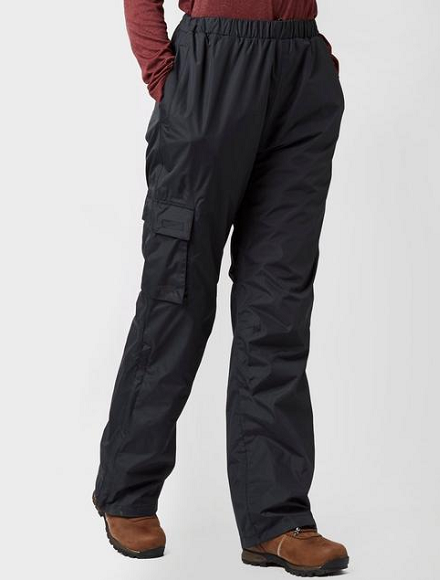
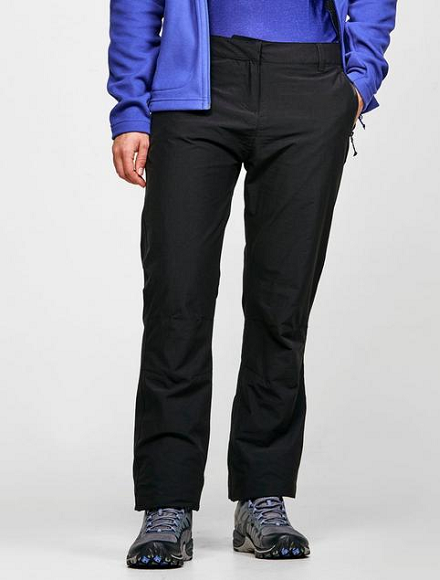
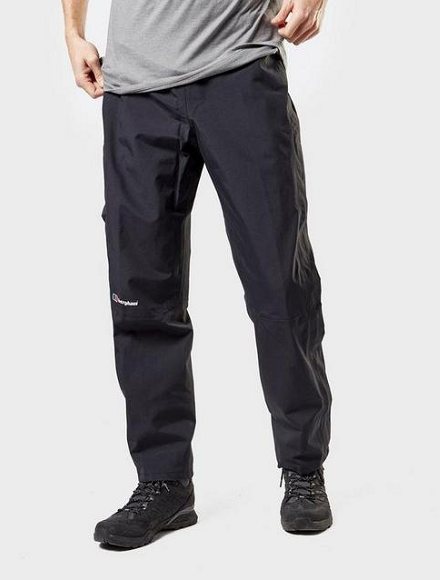
Appropriate Footwear:
Waterproof boots are absolutely essential for Winter. This is a piece of kit that you shouldn’t skimp on. Invest in a quality pair of boots that will last you for years. I have tried so many different Winter boots and whilst most state that they’re waterproof, more often than not water gets through. Salomon, Hanwag, Garmin and Scarpa are all great brands for spec and features.
If you’re planning to hike throughout peak winter then it’s a good idea to get a pair of boots that are compatible with crampons. So for standard hiking, aim for B2 boots and C2 crampons, if you’re going to be doing more technical routes or scrambles then B3 boots and C3 crampons would be more suitable. For more leisurely hill walks you probably won’t need crampons so B1 boots would be fine – it really depends on your activity.
Recommended Mens Boots for Winter
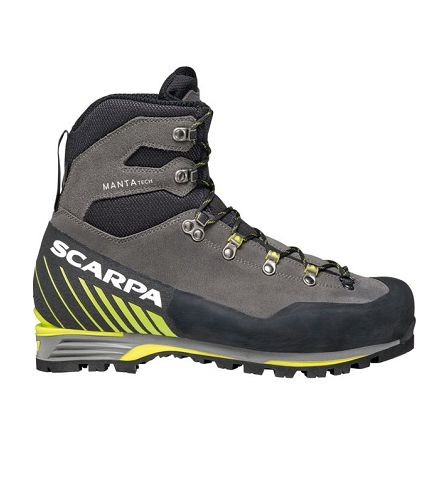
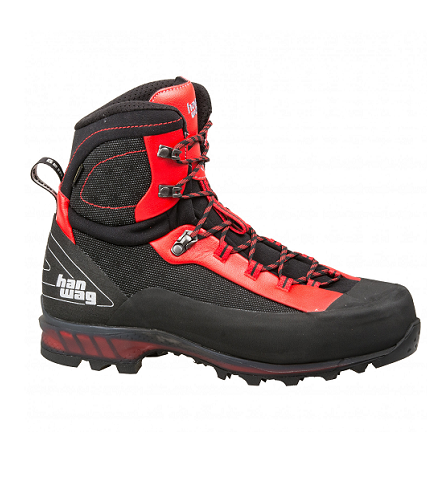
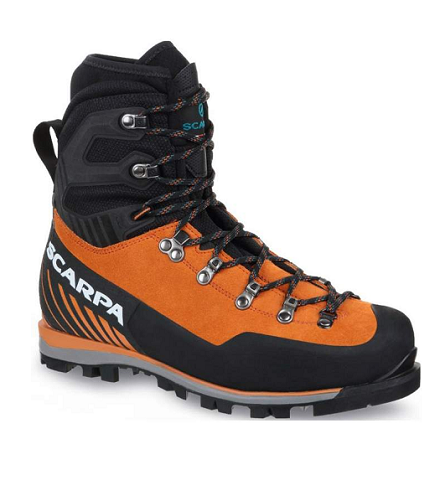
Recommended Womens Boots for Winter
Essential Accessories:
Once you have the basic layers sorted, you’ll also need some key essential accessories. We recommend thermal gloves, socks and hat, aswel as a buff or neck scarf. These pieces are often overlooked, but are just as important as your clothing. As you have probably heard, you will lose heat from you head – but when you’re up on a mountain the amount of heat you lose here is so significant so it’s vital you keep that heat in.
If you are planning walks or treks up higher altitudes, it’s probably a good idea to get some sunglasses to protect your eyes from the sun glare on snow as this can be disorientating.
Tag us in your winter mountain pics on Instagram @mountainsanmacros
